10 Smart Food Habits That Save Time and Reduce Waste
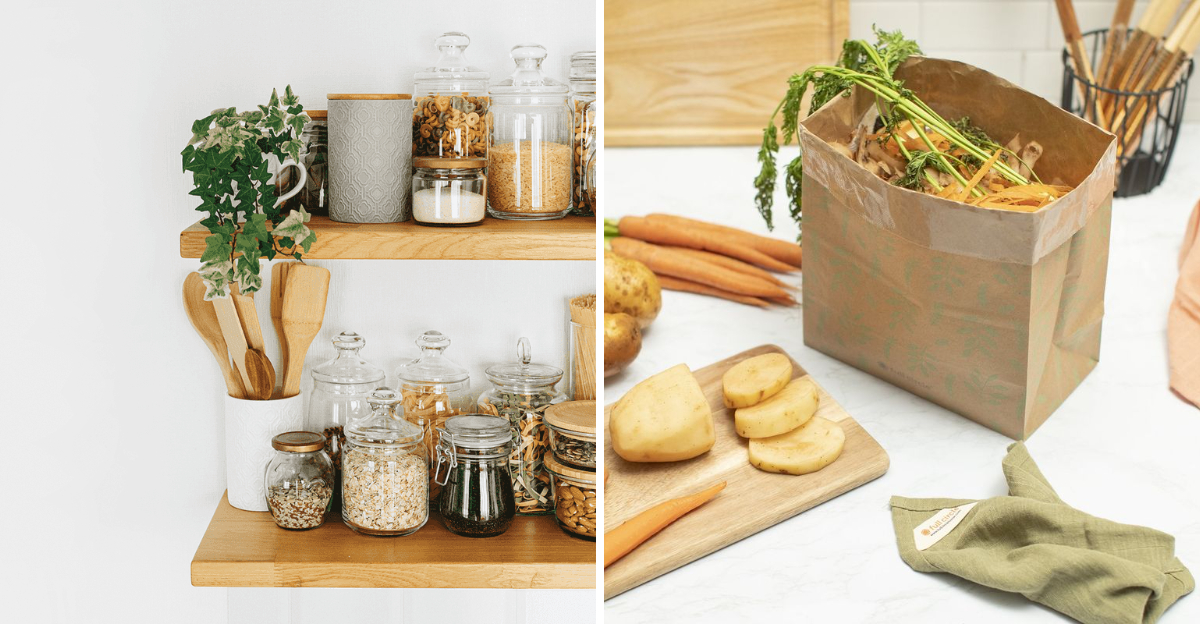
Reducing food waste not only conserves resources but also helps save time, money, and effort in the long run. It’s often about making small, thoughtful changes rather than major overhauls. Here are ten simple and manageable food habits to guide you toward using ingredients more wisely and creating a kitchen routine that feels a little more rewarding and sustainable.
1. Plan Your Meals and Make a Shopping List
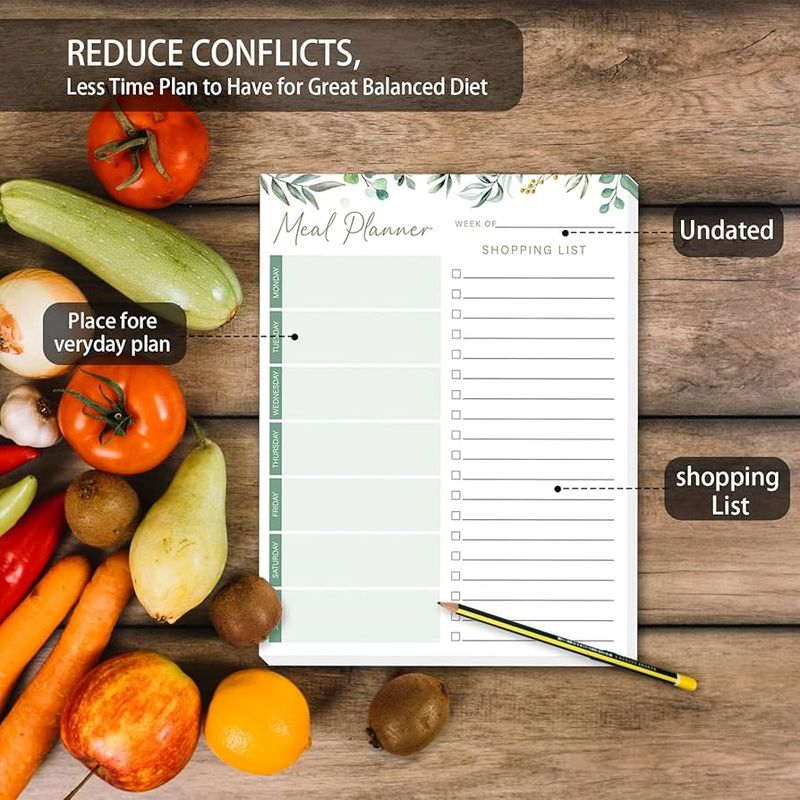
Planning meals for the week starts with knowing what you have in your pantry and fridge. This practice helps you avoid buying duplicates and ensures each item is used efficiently. With a detailed shopping list, you focus on buying only what’s needed, reducing impulse buys and excess. This strategic approach saves time on unnecessary trips to the store and helps in sticking to a budget. Making a list might seem simple, but it requires understanding your weekly schedule and dietary needs. This awareness allows for flexibility in meals, accommodating unexpected plans or cravings without leading to waste. The discipline of list-making becomes second nature over time, making the meal-planning process quicker each week.
2. Store Food Properly
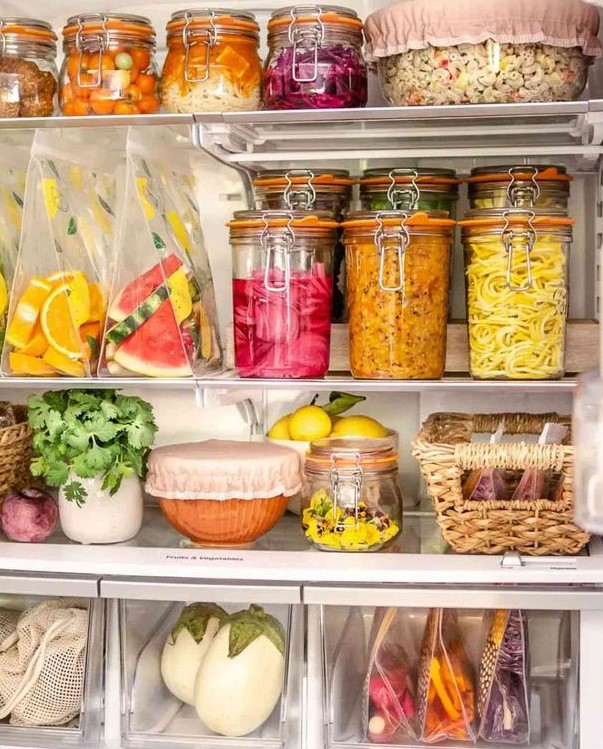
Knowing how to store different foods can dramatically extend their freshness. For instance, potatoes and onions prefer a cool, dark environment, while leafy greens thrive in the refrigerator wrapped in a damp cloth to retain moisture. This knowledge minimizes spoilage and keeps your ingredients fresh longer. Proper food storage goes beside just location; it’s about understanding the needs of each item. The right conditions can maintain the flavor and texture of food, making your meals more healthy. Explore these storage tips change how you handle groceries, turning a mundane task into a skillful practice. This habit also empowers you to make the most of seasonal produce, enjoying peak freshness and taste.
3. FIFO Method
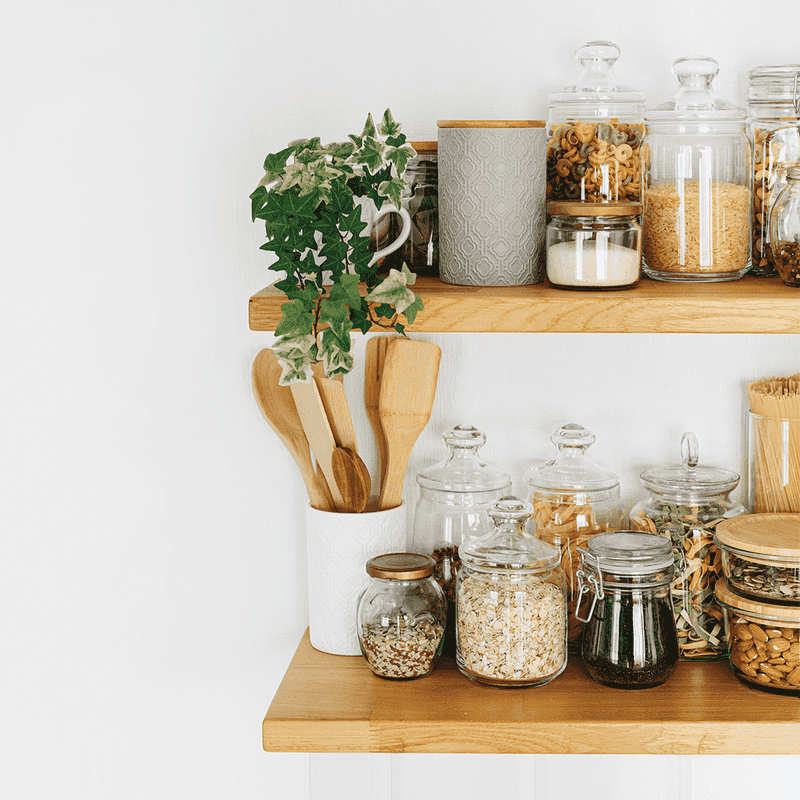
The use of method is a systematic way to manage your pantry and fridge. By placing older items at the front, you’re reminded to use them first, minimizing the risk of expiration. This method ensures nothing is forgotten, reducing waste and maximizing your grocery budget. Implementing FIFO requires regular checks of your food storage areas. This practice not only helps in reducing waste but also keeps your kitchen organized and efficient. You’ll find that mealtime becomes easier when you know exactly what needs to be used first. Exploring FIFO is a technique that encourages a mindset shift towards valuing what you already have.
4. Understand Food Labels
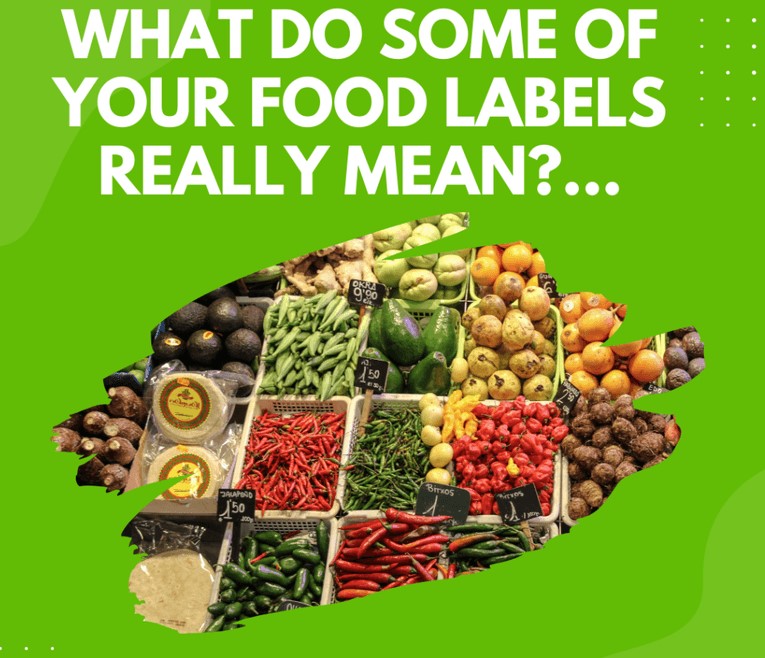
Food labels can often be confusing, leading to unnecessary waste. Understanding phrases like “sell by” and “best before” helps in making informed decisions about food safety. These dates often indicate peak freshness rather than an expiration, allowing you to trust your senses more. By learning to read labels correctly, you extend the taste of your groceries and reduce waste. This practice encourages you to smell, taste, and inspect food before discarding it, fostering a more responsible approach to consumption. This knowledge empowers you to save money by utilizing foods that are still healthy to eat.
5. Freeze Leftovers and Excess Food
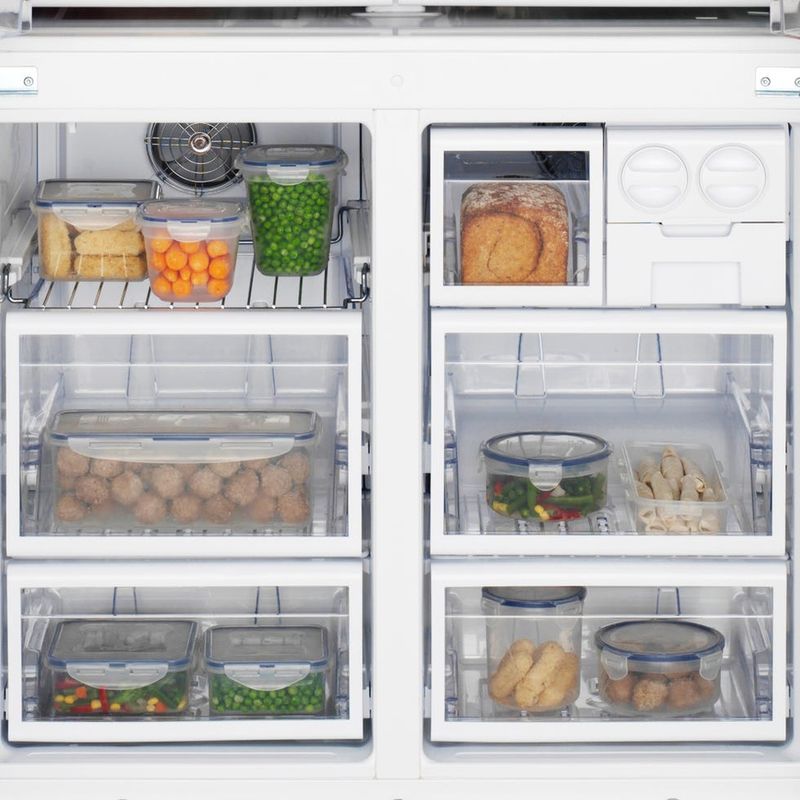
Freezing is a practical way to extend the freshness of food, preserving both cooked meals and raw ingredients. Leftovers can be stored for future convenience, ensuring that nothing goes to waste. This habit transforms excess into ready-made meals, saving time during busy weeks. Proper freezing involves understanding what can be frozen and how to package it for preservation. This ensures that food maintains its quality and flavor. With a well-organized freezer, meals become more versatile, offering quick solutions on days when cooking from scratch isn’t feasible. Embracing freezing as a habit means less food waste and more meal options. This practice not only maximizes your resources but also brings comfort.
6. Invest in a High-Quality Blender
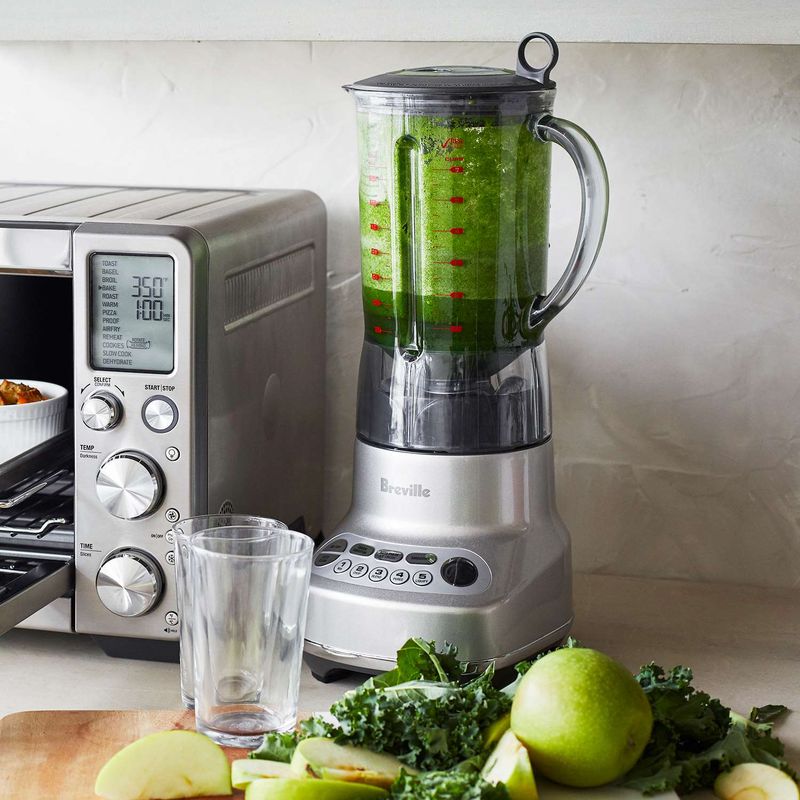
Meet the pillar of kitchen efficiency—a high-quality blender. This versatile tool streamlines the cooking experience, making meals from smoothies to soups with effortless precision. Investing in one reduces time spent on meal prep and ensures no produce goes to waste. Crafting a refreshing smoothie to kickstart your day, or a hearty soup. The blender’s ability to effortlessly puree, chop, and blend means you can use every bit of fresh produce, reducing waste and expanding your culinary repertoire. A high quality blender is an investment in both time and health. Its durability and power support countless culinary creations, transform your kitchen into a hub of innovation and efficiency.
7. Compost Food Scraps
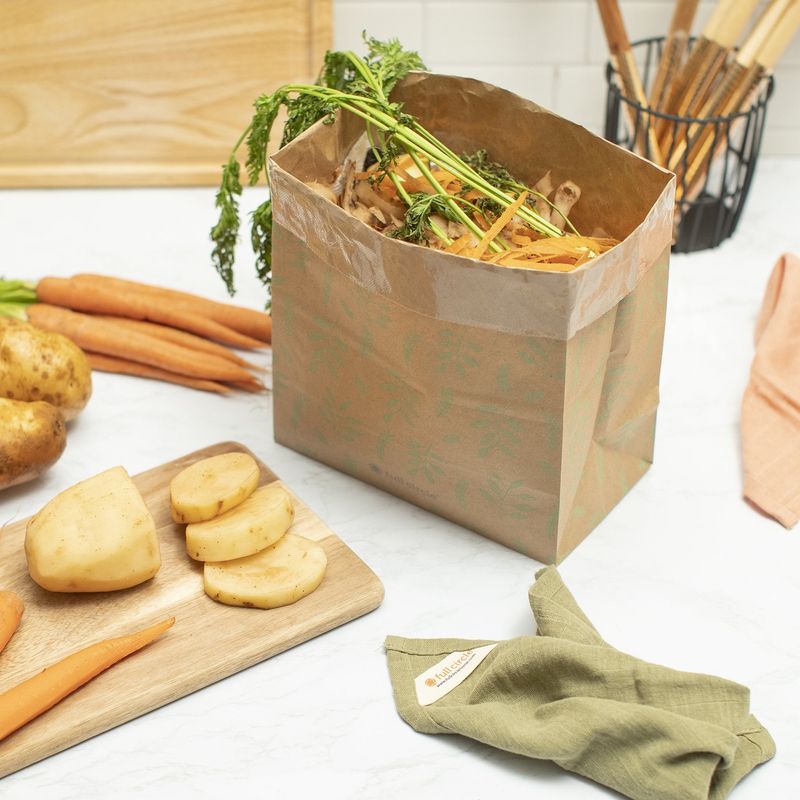
Composting is a natural way to recycle food scraps, turning waste into nutrient-rich soil for gardening. By composting fruit peels, coffee grounds, and other organic waste, you contribute to a healthier environment and a more sustainable lifestyle. This process enriches the soil, supporting a thriving garden and reducing the need for chemical fertilizers. Composting at home connects you to the natural cycle of growth and decay, fostering a deeper appreciation for the earth’s resources. Setting up a compost system is simple and rewarding. It changes waste management into a purposeful activity. This habit not only reduces landfill waste but also enhances your gardening experience.
8. Reuse Stale Bread
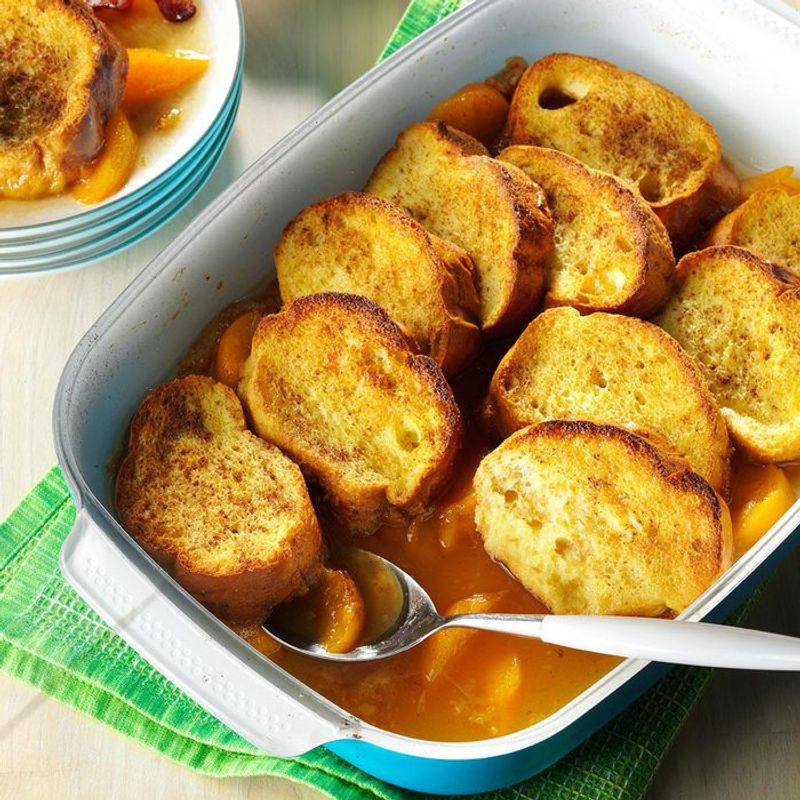
Stale bread is a treasure trove of potential. Transform this seemingly useless leftover into dishes like croutons, bread pudding, or even French toast. With a dash of creativity, stale bread breathes new life, adding texture and flavor to meals. It’s an opportunity to explore traditional recipes that have stood the test of time. These creations not only satisfy hunger but also evoke a sense of nostalgia, reminiscent of simpler times.
9. Use Edible Vegetable Peels
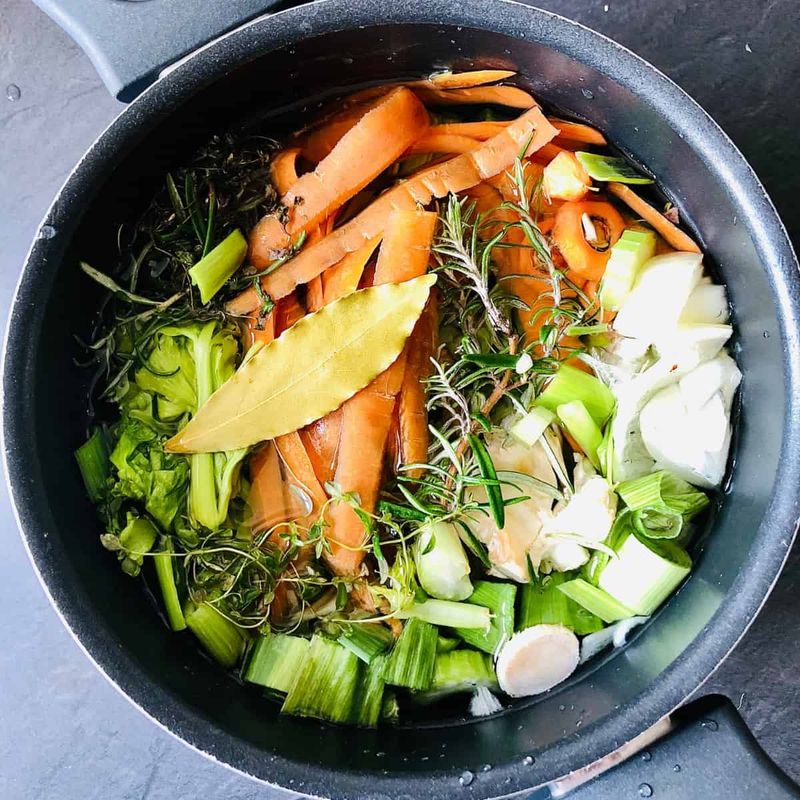
In many households, vegetable peels are often discarded without a second thought. Yet, these nutrient-rich parts of produce can add flavor and texture to your meals. Carrot and potato peels can be turned into crispy snacks, while citrus peels add zest to baking recipes. Visualize a chef using potato peels to make crunchy chips, seasoned with a hint of sea salt. This not only prevents waste but adds a gourmet touch to your snacks. The next time you peel vegetables, remember the potential hidden in these skins and explore them as part of your culinary repertoire.
10. Infuse Oils with Herbs

Infusing oils with herbs is a different way to enhance flavor while reducing waste. Use leftover herbs to make aromatic oils suitable for cooking or dressing salads. This practice preserves the essence of herbs, adding sophistication and a burst of flavor to any dish. The process is as simple as it is elegant, offering a touch of luxury at home. A sensory treat, infused oils enhance everyday meals, making dining an experience.
